The Fin de Siecle Museum is a true paradise for Art Nouveau and Art Nouveau lovers, as it transports you to the atmosphere of Brussels in the 1900s with paintings, drawings, watercolours, engravings, sculptures and decorative objects by artists of the late 20th century. Paintings, statues, furniture and interactive stations enrich the museum to discover all the artistic ferment of the period.
Table of Contents
Fin de Siècle Museum in Brussels: art and architecture
The Fin-de-Siècle Museum showcases art from the late 1800s to the early 1900s, a time when Brussels was a hub of artistic activity and the home of Art Nouveau. Spread across three floors, the museum features paintings, drawings, sculptures, jewelry, furniture, and architecture dating back to the period between 1865 and 1914.
PLAN YOUR TRIP TO BRUSSELS
Make the most of your trip to Brussels by purchasing the Brussels City Card online. With access to the city’s top museums and free public transport, it’s the smartest way to explore the city and save money.
To stay connected in Brussels, purchase an Airalo eSim online for phone and data coverage during your trip to Belgium.
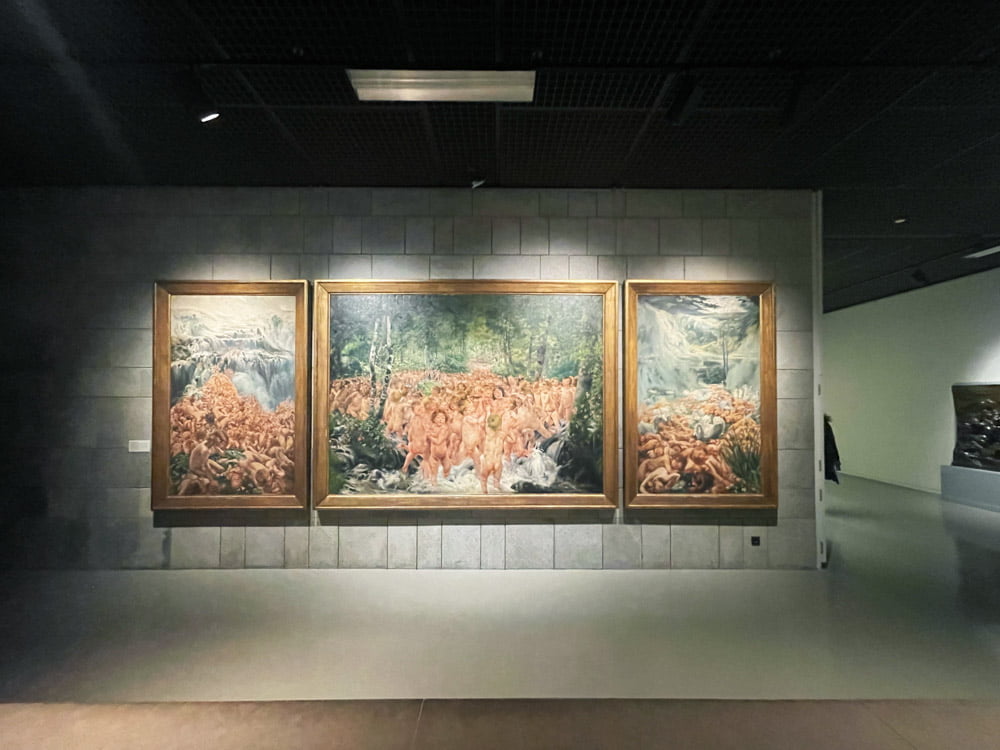
Overall, the museum exhibits work by more than 30 artists of the visual arts, such as George Minne, Leon Spilliaert, James Ensor, Constantin Meunier and Fernand Khnopff, as well as writers, architects, poets and musicians, including Victor Horta, Octave Maus and Henry van de Velde. The artists exhibited are mainly Belgian, but at the Musée Fin-de-Siècle in Brussels, you can also see some works by international artists, including Vincent van Gogh, Paul Gaugin and Georges Seurat.
The tour passes through paintings and sculptures, including one of the many versions of Auguste Rodin’s famous Thinker. Many paintings are in large format and depict the changes in Belgian and European society of the period without the need for explanation. Brussels at the end of the 20th century was a crossroads of culture and new ideas, as you can discover through the exhibition rooms.
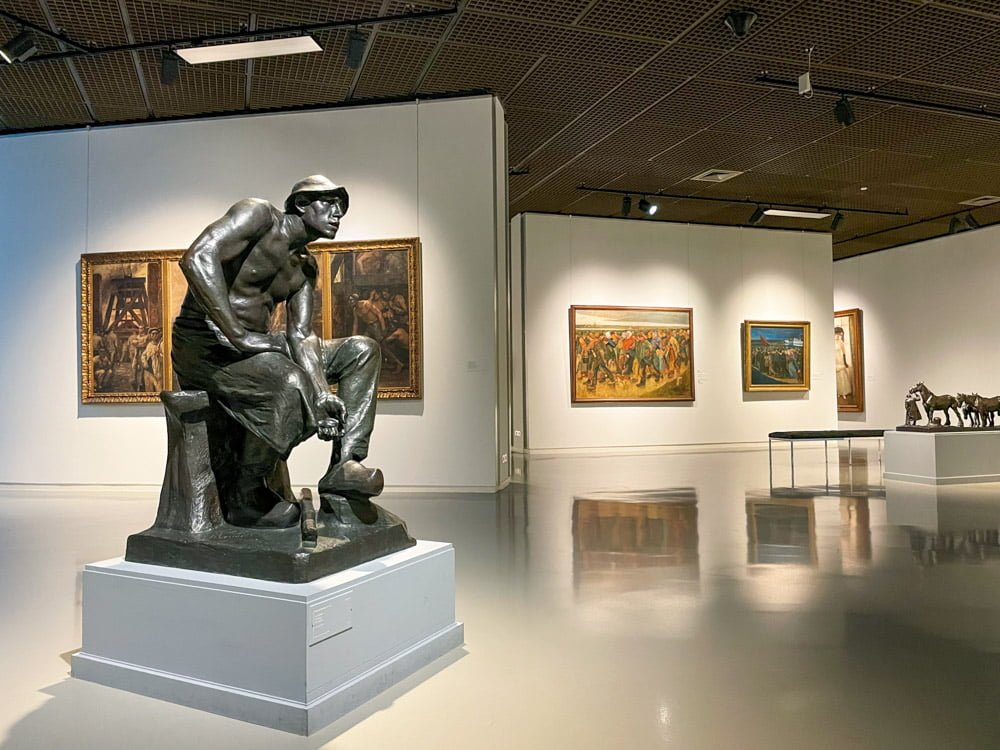
Drawings on paper
The Fin de Siècle Museum in Brussels exhibits various works, including drawings, pastels and watercolours, created between 1868 and 1914. These pieces of art showcase the significance of paper techniques during this era. However, they can’t be displayed permanently due to their susceptibility to light.
Every six months, they are replaced with other artworks. Therefore, if you revisit the museum, you may find different drawings on paper you saw before. Instead, you might come across a completely different display based on a specific theme. The last time I visited, the exhibition was about theatre, featuring magnificent dioramas depicting the backgrounds used on stage.
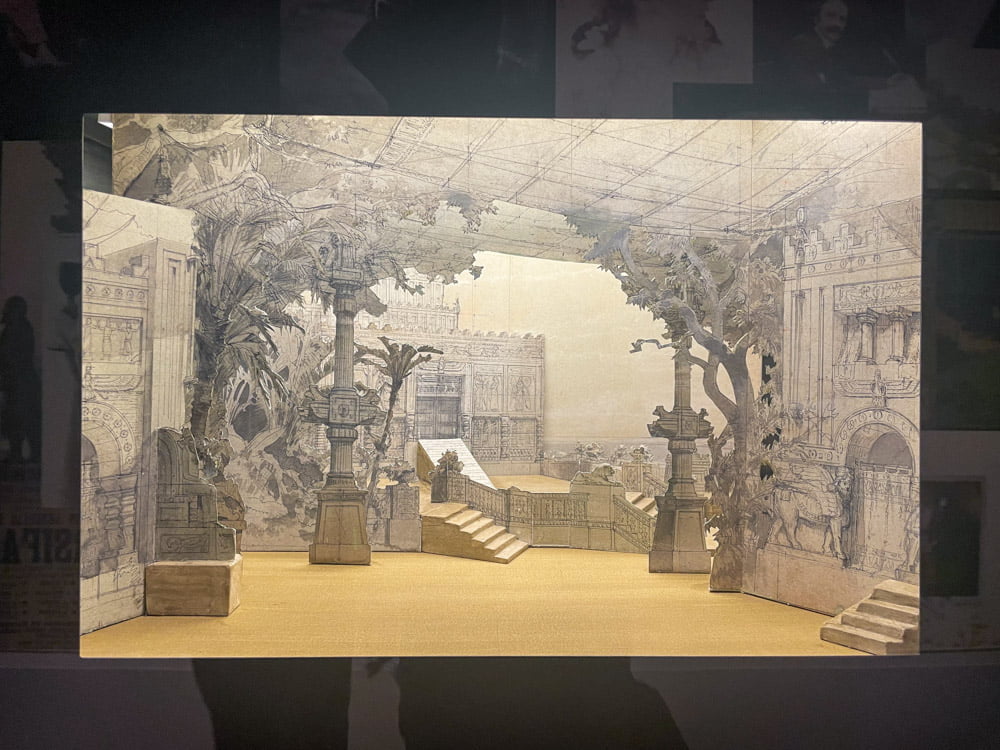
Art Nouveau Architecture
The end of the 20th century was the peak of Art Nouveau architecture in Brussels. Victor Horta, considered the most renowned Belgian architect, designed many buildings in this style. However, the urban planning of the 1960s caused the loss of many Art Nouveau buildings. ‘Bruxellisation’ led to the indiscriminate demolition of historic buildings, replacing them with modern skyscrapers to redevelop entire city areas.
The surviving structures are now UNESCO World Heritage sites. The Fin de Siecle Museum aims to preserve the memory of these buildings and those that still stand out in the Belgian capital’s skyline. The museum houses a photo gallery and interactive stations.
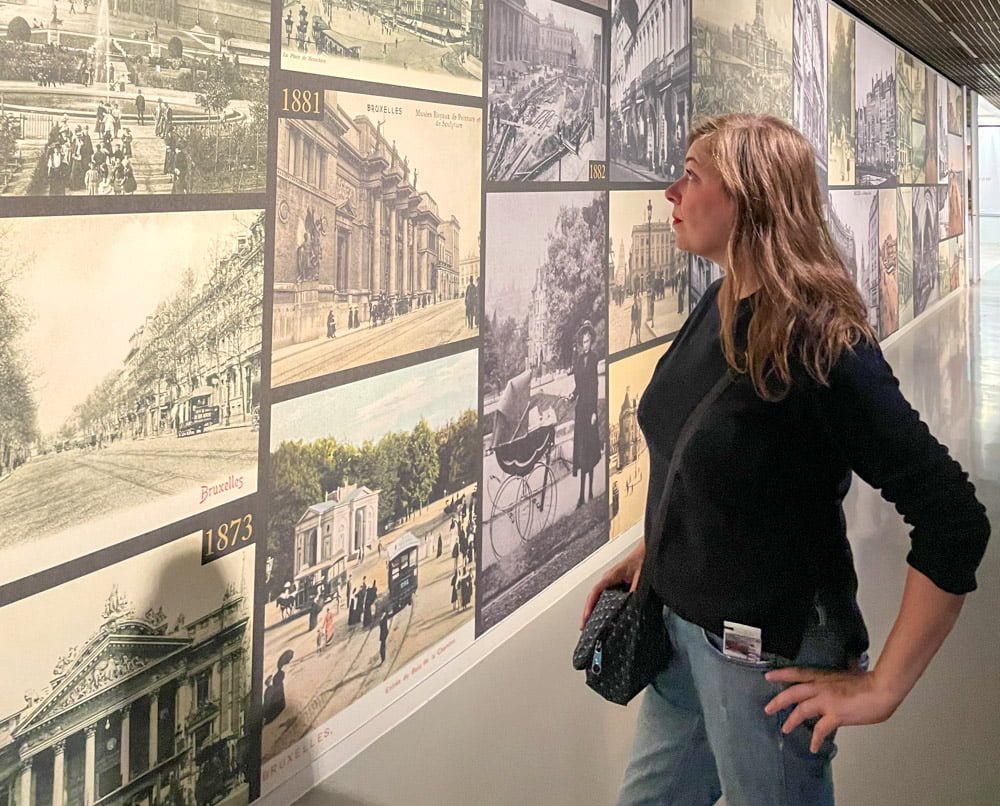
On the map of Brussels, you can search for Art Nouveau residential and commercial buildings. The interactive sheets explain the structures’ styles, functions, and architects and show what was eventually built in their place. However, it is sad to discover that anonymous blocks of flats have sometimes replaced real works of art, as with the People’s House in Place Emile Vandervelde, an imposing work by Victor Horta.
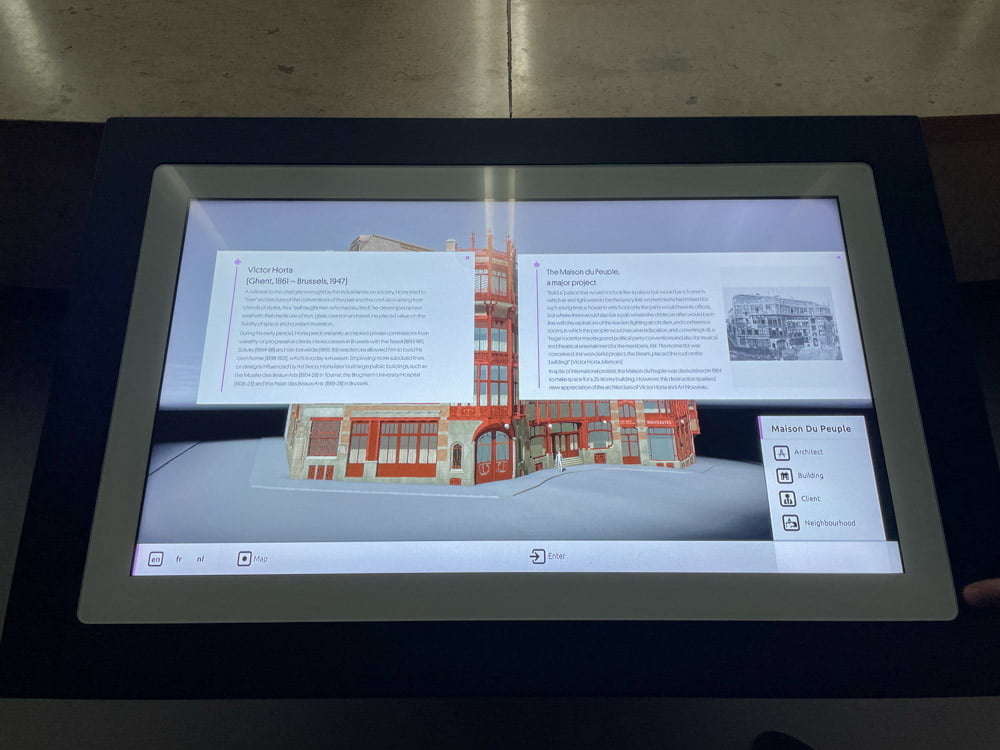
Art Nouveau objects and furniture
The Fin de Siecle Museum displays Art Nouveau furniture, objects, paintings, and statues. Victor Horta, a Belgian architect, transformed the approach towards designing residential buildings, incorporating interior spaces, lighting, furniture, and decoration in his designs.
You can personally witness the Art Nouveau vases, objects, chairs, and furniture, and marvel at the intricate decorations inspired by nature. The objects and furniture feature floral motifs and sinuous lines that are typical of this style, with glass being widely used.
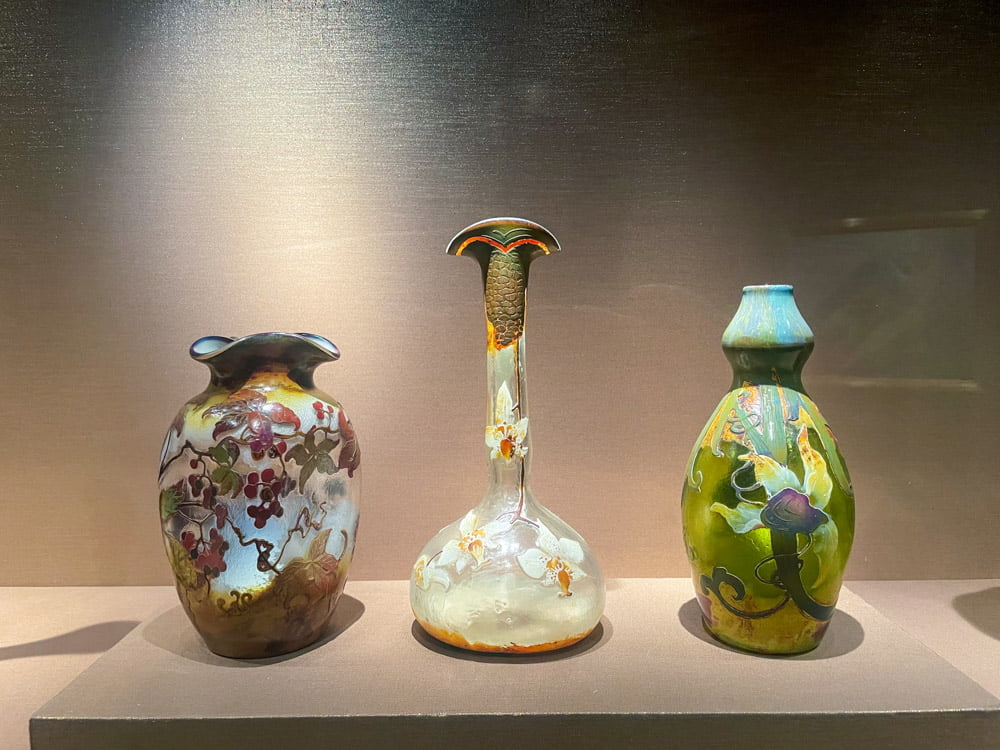
Practical information to visit the Fin de Siècle Museum in Brussels
The Fin de Siècle Museum is part of the Royal Museums of Fine Arts of Belgium so you can get in with the Brussels City Card which offers free access to many museums in Brussels. Alternatively, you can buy a combined ticket with the Musée Oldmasters, specialising in the great masters of Flemish painting for €10.
Children and young people up to 19 years of age get in free, while audio guides are charged for all and must be hired at the entrance for €4. The Royal Museums of Fine Arts of Belgium are free every first Wednesday of the month from 1:00 pm, but the free admission does not include temporary exhibitions.
The Fin de Siècle Museum in Brussels is open Tuesday to Friday from 10:00 am to 5:00 pm. On weekends it opens and closes one hour later, from 11:00 am to 6:00 pm.
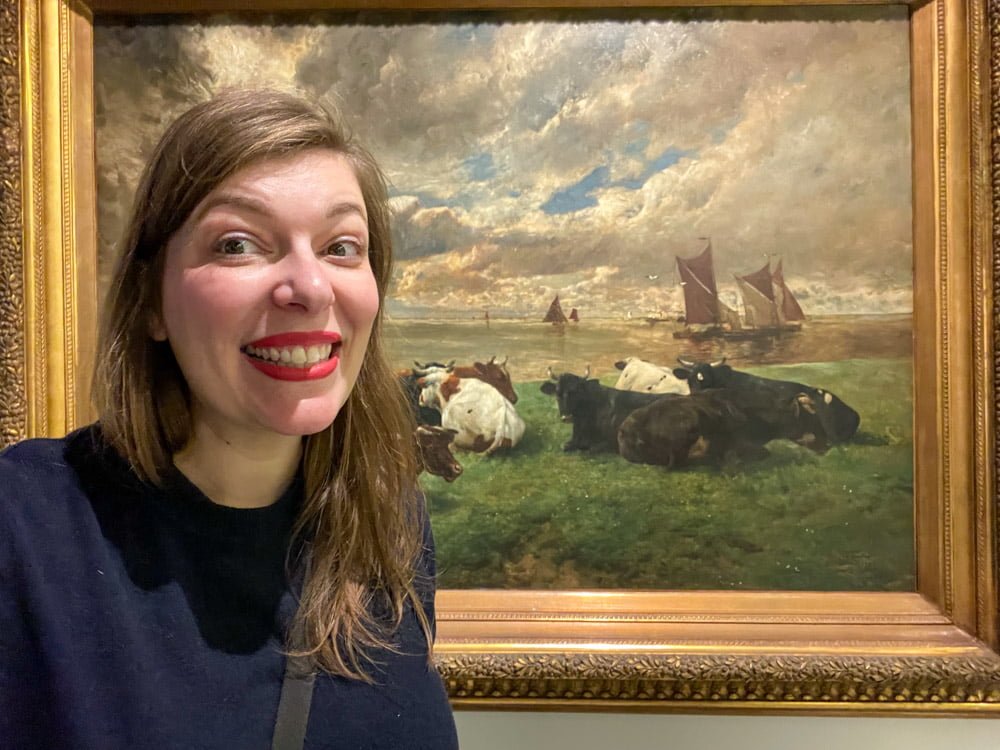
How to get to the Fin de Siècle Museum in Brussels
The Fin de Siècle Museum is part of the Royal Museums of Fine Arts of Belgium concentrated around Place Royale. You can therefore reach it easily on foot or by public transport. Once you arrive in the square, the museum entrances are very clearly marked so you can’t miss them.
Musée Fin-de-Siècle
Rue de la Régence, 3
1000 Brussels
Where to stay in Brussels
Brussels offers a variety of accommodation options. If you’re looking for a hotel in the city centre, I recommend the Pillows City Hotel Brussels Centre. It is just 100 metres from Brussels Central Station and a 5-minute walk from Grand Place and the Manneken Pis Statue. For a charming and authentic experience, you can stay at the Happy Guesthouse in a typical townhouse with an Art Nouveau façade. They serve a delicious homemade breakfast made with Belgian products. In the European Quarter, Ambiorix Residence is a great option. They offer rooms with private bathrooms, a shared kitchen, and a lounge area.
If you are a fan of Art Nouveau, you must see the Fin de Siecle Museum, a real journey back in time through the art of the 1900s. Feel free to comment if you already knew this museum or if you put it on your list of museums to visit after reading this article.
